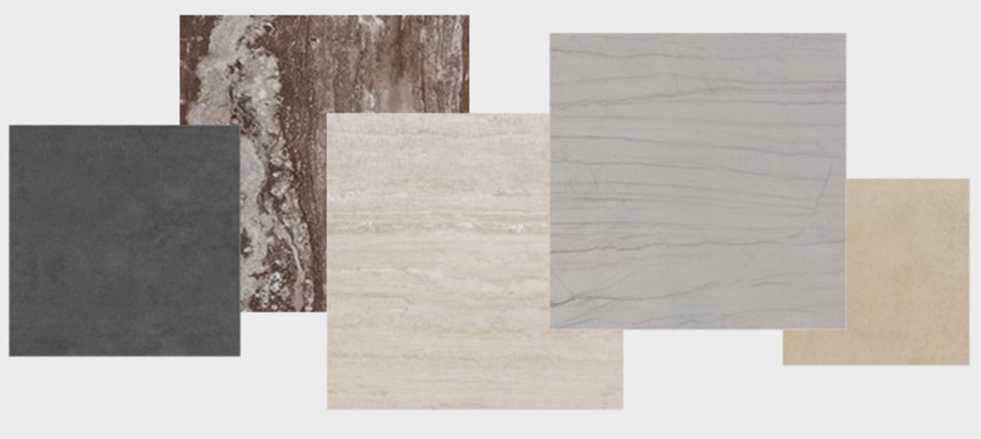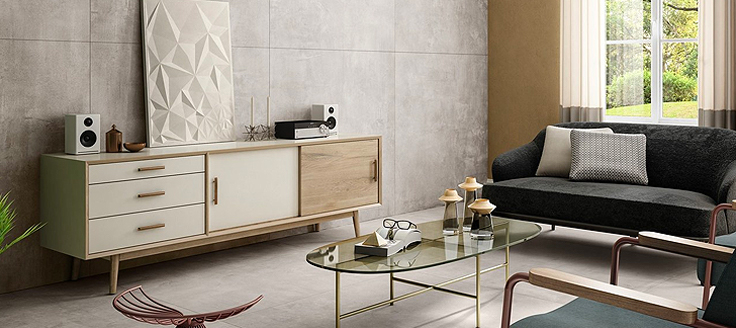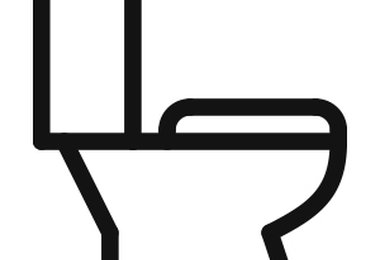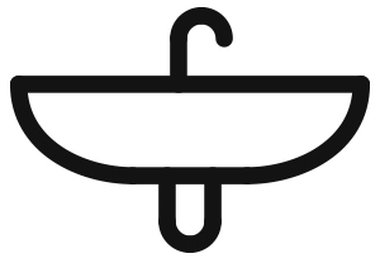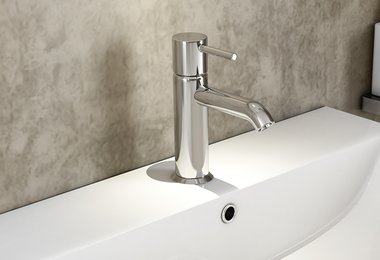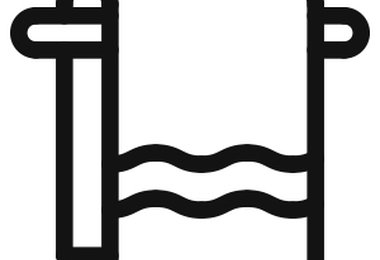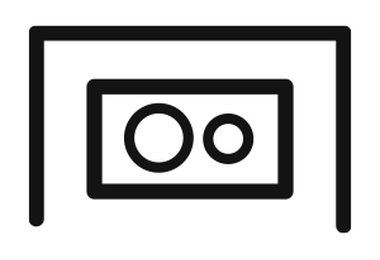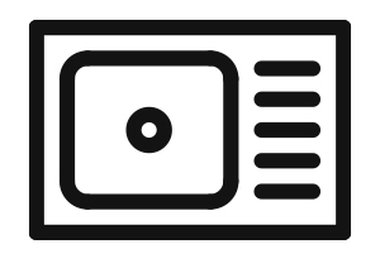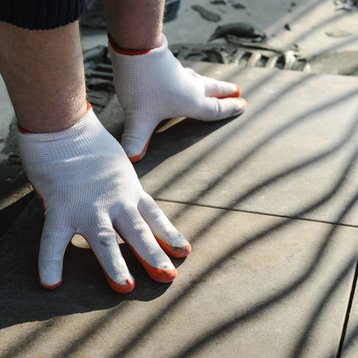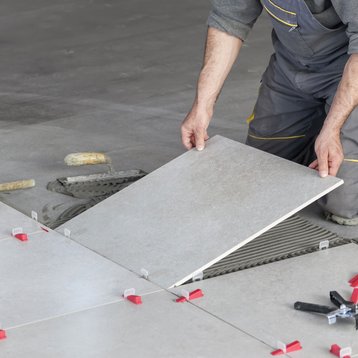CERAMIC TILES
RED BODY AND WHITE BODY CERAMIC TILES (BIII)
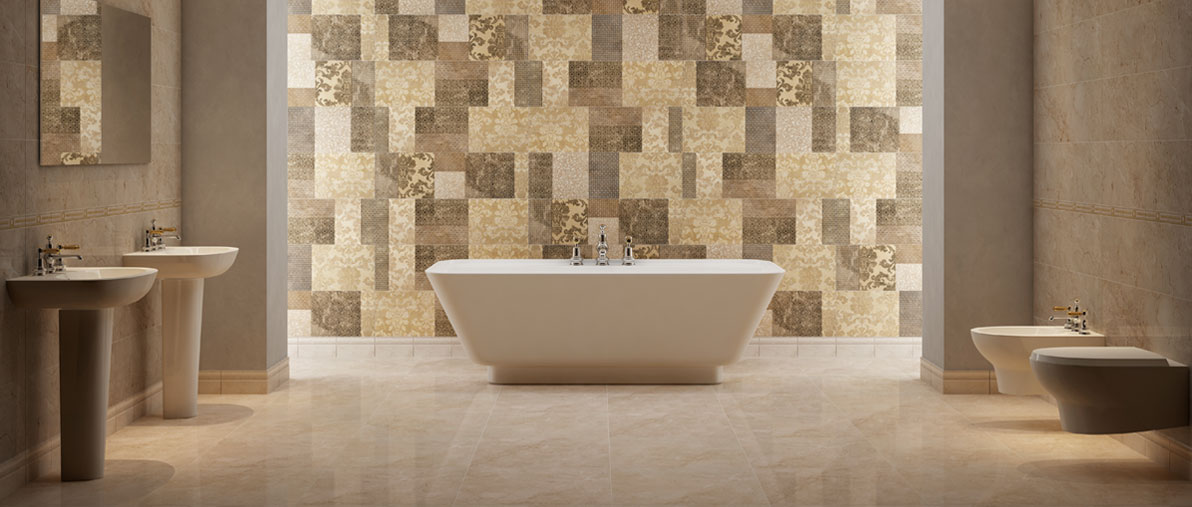
Red body and white body Ceramic tiles are made with finest quality clays and with chamotte (a ceramic raw material with high percentage of silica). These raw materials are submitted to dry grinding and suitably mixed and wet and then pressed with hydraulic presses. Quick-cycle support firing is obtained via roller kilns reaching temperatures of approximately 1100 °C.
,After biscuit glazing, the vitrified product is sintered in a single-layer roller kiln at approximately 1030 °C.
,The resulting wall tiles have an average bending strength that is higher than 15/ mrre in accordance with the UNI EN ISO 10545-4 standard and a water absorption level that is higher than 10 %; they belong to the Blll (GL) group according to the UNI EN 14411 standard. This class of products shows virtually no shrinkage during firing; therefore such dimensional consistency results in extremely easy laying.
Advice on laying
Ceramic Red/ White body tiles can be laid using either tile adhesives or cement mortar. Under no circumstances should the tiles be wet before laying when using acrylic or vinyl resin based adhesives or two- component organic solvent based adhesives. When laying large sized tiles it is best to adopt the two layer spreading method and, when the laying surface is very large, to provide for suitable expansion joints which must not be spaced more than 4-5 linear meters apart from one another.
,
,IMPORTANT POINTS TO REMEMBER WHILE LAYING THESE TILES
1. When laying on wet concrete or plaster, leave to dry for at least one week for each centimeter of thickness.
,2. When laying on brick, never lay on tile adhesive measuring more than 4-5 mm in thickness. For laying on flexible supports (for example Plasterboard, panels, polymer panels, etc.) which may bring about a movement of the tiles we advise laying on tile adhesive measuring no more than 2-3 mm in thickness and to use class C2 or D1 glues.
,3. For laying on waterproof brick, which prevent the release of damp, we advised laying on the tile adhesive measuring no more than 3 mm in thickness and to use class C2 or Dl glues..
,4. Avoid laying without expansion joints or joints, where the stress due to expansion is released directly onto the tile.
GRES TILES
GRES WHITE BODY TILES (BIIa)
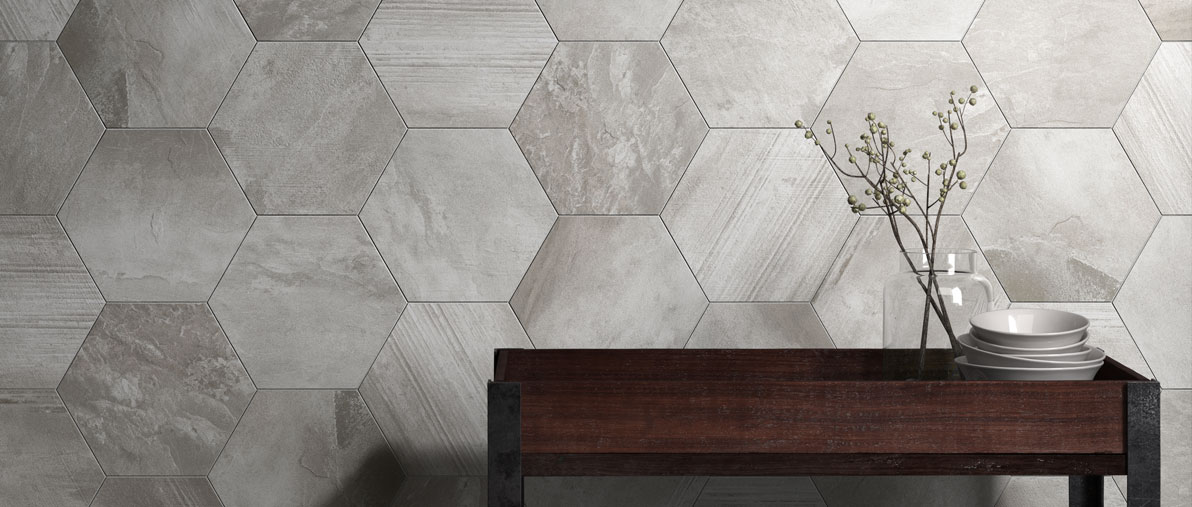
Gres white body tiles are obtained by mixing raw materials such as top quality white clays, quartz and feldspar in wet grinding ball mills. After grinding, a clay-based suspension of these materials called “slip” is fed out of the mill then dried by spray-drying. The next phase is pressing this fine dust with limited moisture. Advanced hydraulic presses are used with a specific pressing power exceeding 300 kg/cm2 in order to obtain a compact gres body. After drying, tiles are coated and decorated with glazes to make them aesthetically pleasant with top-class specifications.
,The glazed tile body is fired in roller kilns where temperatures of approximately 1200 °C are reached. The resulting product is normally a medium-to- low porosity (3% to 6%) tile, in compliance with the UNI EN 14411 standard and rated as belonging to the BIIa (GL) Group with remarkable technological specifications such as the product flexural strength (average value: 30N/mm2 according to UNI EN ISO 10545-4).
,As for wear resistance, this will depend on the type and colour of glazing and may change according to items. As a general rule, bright finishes are not recommended for heavy traffic floors or rooms opening onto outdoor areas, where sand or other abrasive materials are more likely to be brought in.
Advice on laying
Our gres white body tiles can be laid using either traditional cement mortar or modern tile adhesives. It is advisable to always incorporate suitable shrinkage-flexion joints (movement/ expansion joints) which must not be spaced more than 4 - 5 meters apart from one another. It is advisable to dip the tiles in water before installation to remove any dust on the surface which will reduce the adhesive’s consumption.
,When laying large size tiles, it is best to adopt the two-layer spreading system to ensure the adhesive is spread over 90 % of the tile surface.
,When laying floor tiles with a glossy glaze, it is good practice to carefully clean and protect the tiles after installation. Following steps must be followed for effective and long lasting installation:
,a) Movement/ expansion joints must be provided at set distances of not more than 4-5 meters in all directions. These joints must be inserted not only between the tiles, but also reach the levelling compound below, consisting of either cement mortar or dry compound, depending on whether the tiles are set in the traditional manner or in some form of modern adhesive; the movement joints must be sealed with appropriate materials such as silicone or polyurethane-based sealants, depending on the traffic of application area.
,b) Appropriate tile bedding layers should be used such as the underlay, damp course, vapor barrier or any other layer necessary to prevent the tiles from detaching themselves or cracking due to water penetration.
Tile Info and Guidelines
PORCELAIN TILES (Bla GL)
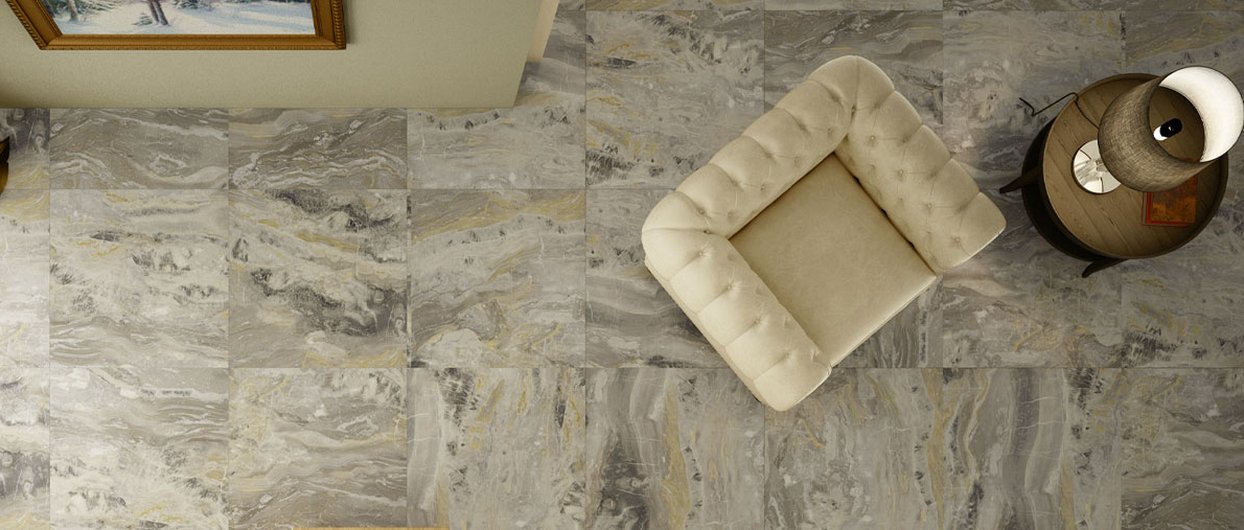
Porcelain tiles are manufactured using pure, selectively imported raw materials mixed using the most advanced extraction and sorting techniques; they are obtained with a production process similar to that of single-fired tiles. The resulting product is top-quality porcelain tile, obtained by raw materials wet grinding, followed by partial drying by spraying, silo storage to allow homogenization of properties, and pressing with highly efficient hydraulic presses up to specific pressures more than 500 kg/cm2. The high pressure combined with high firing temperature exceeding 1200 °C results in highly compact & strong ceramic surface with very low water absorption (lower than 0.4% according to UNI EN ISO 10545-3 standard test method) and extremely high mechanical resistance (average value exceeding 40 N/mm2 according to UNI EN ISO 10545-4 standard test method). Thanks to their low porosity, these porcelain tiles are frost-proof and rated as belonging to the BIa GL class according to the International Standard ISO 13006 and European Standard UNI EN 14411 which requires water absorption ≤ 0.5%.
RAK Ceramics porcelain tiles are available in a wide range of designs, sizes and finishes.
Advice on laying
Although our porcelain tiles can be installed using traditional cement mortars, we advise using modern adhesives. While installing on wall, the two-layer spreading system is recommended to perfectly wet the back of the tile. Quickly dipping each tile in water before installation will remove any dust on the back of the tile for perfect adhesion. Do not wet the tiles if you are using vinyl, acrylic resin adhesives or two-component organic-solvent based adhesive. It is advisable to incorporate suitable shrinkage - flexion joints (movement/ expansion joints) when installing on large floors: the joints should never be spaced more than 4 - 5 linear meters apart indoors and 3 linear meters apart outdoors. Be careful while using strong coloured grouts as they might leave stains on the surface of the tiles that may be difficult to remove later.
Full Body Porcelain
FULL BODY PORCELAIN (Bla UGL)

Full body porcelain tiles are manufactured using pure, selectively imported raw materials mixed using the most advanced extraction and sorting techniques; they are obtained with a production process similar to that of single-fired tiles. The resulting product is top-quality porcelain tile, obtained by raw materials wet grinding, followed by partial drying by spraying, silo storage to allow homogenization of properties, and pressing with highly efficient hydraulic presses up to specific pressures more than 500 kg/cm2. The high pressure combined with high firing temperature exceeding 1200 °C results in highly compact & strong ceramic surface with very low water absorption (lower than 0.1% according to UNI EN ISO 10545-3 standard test method) and extremely high mechanical resistance (average value exceeding 40 N/mm2 according to UNI EN ISO 10545-4 Standard test method). Full body porcelain are suitable for heavy traffic areas as they are characterized by a deep abrasion resistance (equal to 150 mm3 of removed material, as opposed to the 175 mm3 provided for by the UNI EN ISO 10545-6 standard test method). Thanks to their low porosity, these tiles are frost-proof and rated as belonging to the BIa UGL class according to the International Standard ISO 13006 and European Standard UNI EN 14411 which requires water absorption ≤ 0.5%. Chemical acid and base resistance (UNI EN ISO 10545-13 standard test method) makes full body porcelain tiles suitable for environments where aggressive chemicals are used, e.g. food processing factories, hospitals, chemical or pharmaceutical plants. The full body porcelain tiles are available in a wide range of sizes and surfaces (slip-resistant finish also available).
Advice on laying
Although our full body porcelain tiles can be installed using traditional cement mortars, we advise using modern adhesives. For large sizes over 40x40cm, outdoor and wall installations, the two-layer spreading system is recommended to perfectly wet the back of the tile. Quickly dipping each tile in water before installation will remove any dust on the back of the tile for perfect adhesion. Do not wet the tiles if you are using vinyl, acrylic resin adhesives or two-component organic-solvent based adhesive. It is advisable to incorporate suitable shrinkage - flexion joints (movement/ expansion joints) when installing on large floors: the joints should never be spaced more than 4 - 5 linear meters apart indoors and 3 linear meters apart outdoors. Be careful while using strong coloured grouts as they might leave stains on the surface of the tiles that may be difficult to remove later.
